Let's get acquainted. My name is Julia Milshtein, and today my article is about how to make healthy soap at home.
I will tell you about my method of soap making - I cook both hot and cold, but today I want to pay special attention to hot boiling using pumpkin soap as a good example. Pumpkin generally has anti-inflammatory and antibacterial properties if used properly.
Let's start with safety. This is very important, because we are dealing with lye, and lye, as you know, corrodes hands. The first thing I do is take off my rings, bracelets, and watches and stock up on a few pairs of gloves, goggles, respirators, aprons, and heat-resistant cookware. I do not save on dishes, because the solution must be diluted in separate bowls. You will also have to have a separate blender, but I have long resigned myself :). A thermometer and an electronic clock with high accuracy, I hope, will also be found at home.
Let's get started!
I'm looking for a recipe for about 500 grams of oils, 35 percent liquid, and zero fat.
Since I cook hot, you can add overfat at the end, no more than 7 percent. I use alkaline calculators on the internet.
Here is the recipe that the calculator calculated for me:
Palm oil - 200 grams, i.e. 40%
Coconut oil - 100 grams, respectively - 20%
Mango oil - 50 grams, 10%
Shea butter - 50 grams, 10%
Castor oil - 50 grams, 10%
Sea buckthorn oil - 25 grams, only 5%
Avocado oil is the same , how much and sea buckthorn.
Water - 190 grams, 38%, but in my case, water is replaced by pumpkin juice and calendula decoction in a ratio of 1: 1
Sodium hydroxide, that is, the alkali that I take - 73.17 grams
I measure the solid oils and melt them, and only then add the liquid oils. Now I have taken about 35 grams of macadamia oil in a 1:1 ratio with wheat germ oil.
When I measure pumpkin juice and calendula, I do not forget that the reaction with water heats the alkali, so I freeze the juice and broth in the form of cubes in the freezer. The most important thing in this process is to pour the lye into the juice, and not vice versa, stirring constantly, the lye should dissolve completely.
Now I'm waiting for the hydroxide and pumpkin juice to "converge" at the same temperature, about forty degrees. Hooray! Now I pour the solution through a plastic sieve and turn on the blender. The blender must process the mixture until a trace appears on the surface. Next, I put the mixture in a water bath. At first, the soap is very thick and can generally resemble solid oil - this indicates that the transformation process has begun. 🙂 Then the soap acquires a gel consistency. Here:
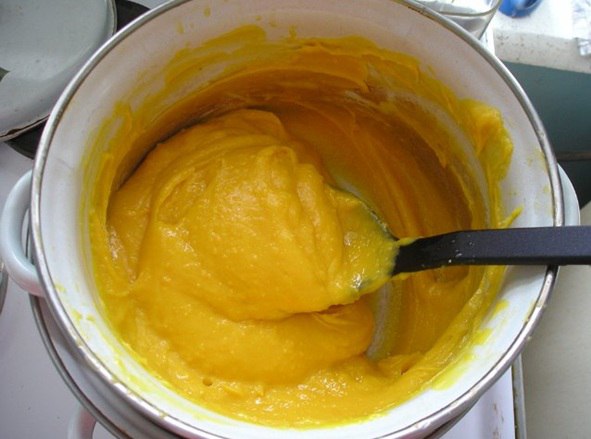
And if you do not pour in pre-prepared overfat, the soap will remain in a free state, such soap nourishes the skin well. And here is the wax stage of my soap:
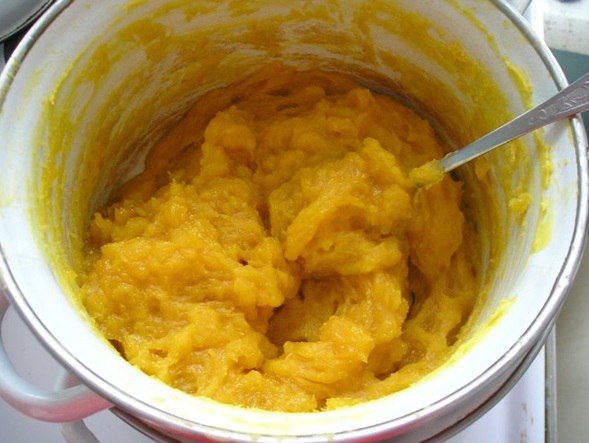
To check, I take soap and rub it in my hands. If it looks like wax, then everything worked out. Sometimes I taste it - it shouldn't sting.
I do all this quickly, because the soap hardens quickly, and I still have time to pour in the essential oils. I added orange and lime oil. I do not add dyes, because the soap already has a bright yellow color. When I can't wait to start using it, I put the soap in the fridge to make it harden faster.
You can see my work in my VKontakte group. Julia Milshtein in VK is waiting for you!!!
Your Julia Milshtein, especially for shop-ultra.ru

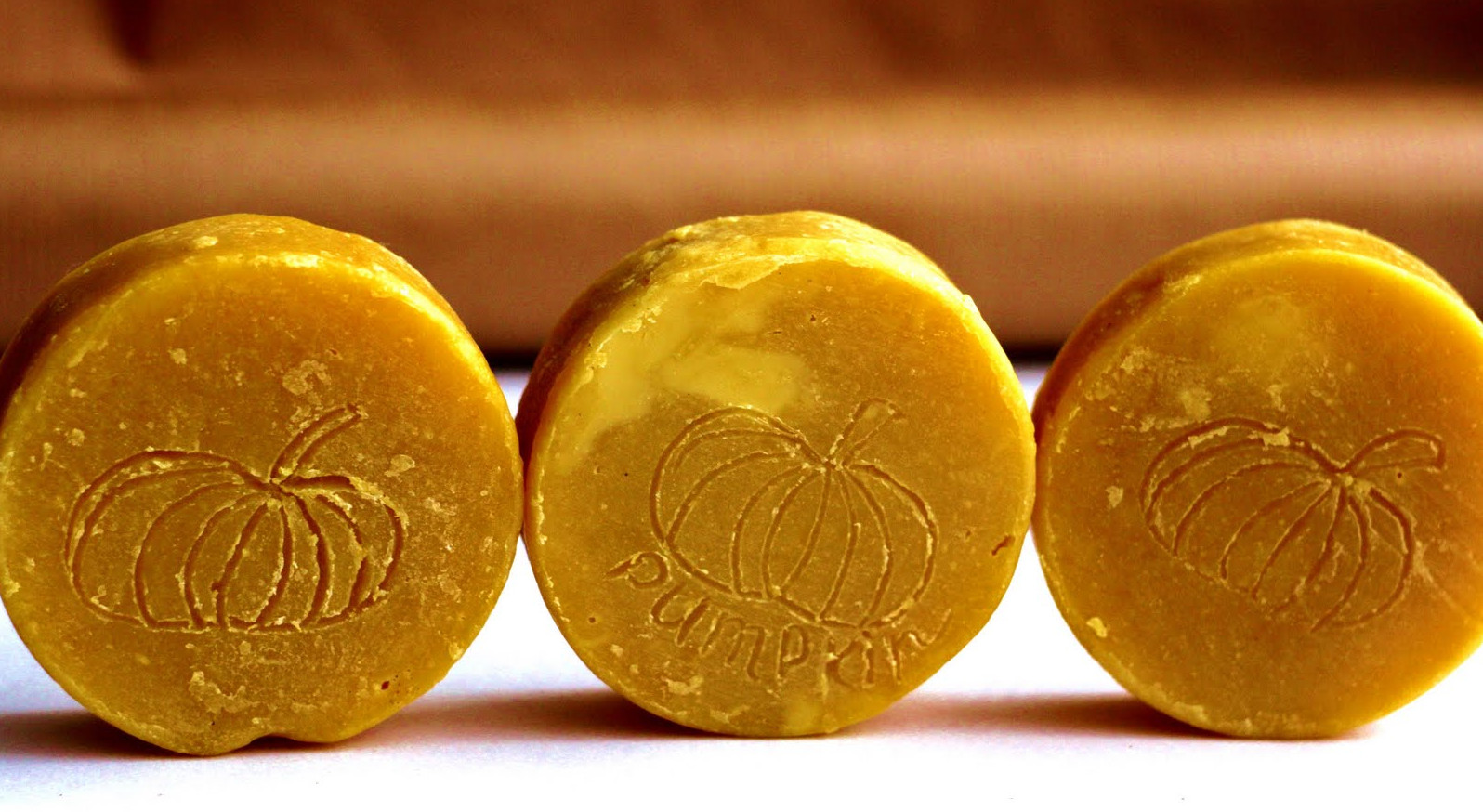
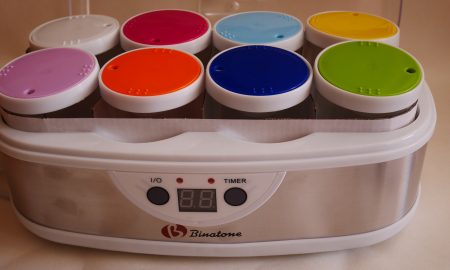


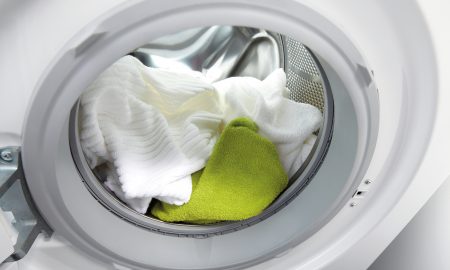


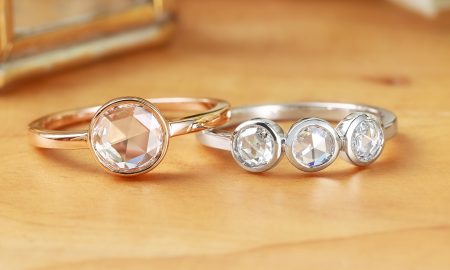
12 Comments